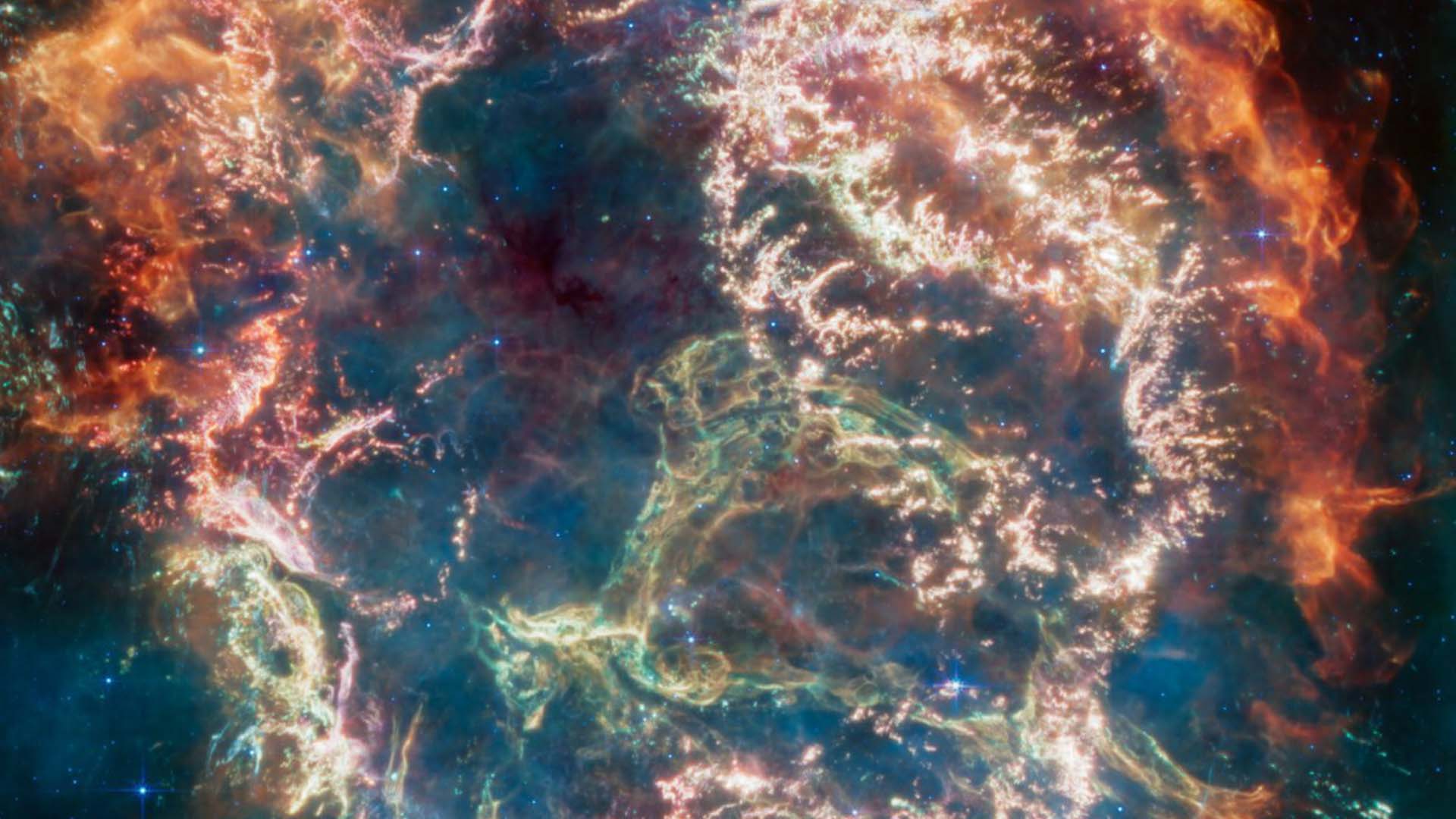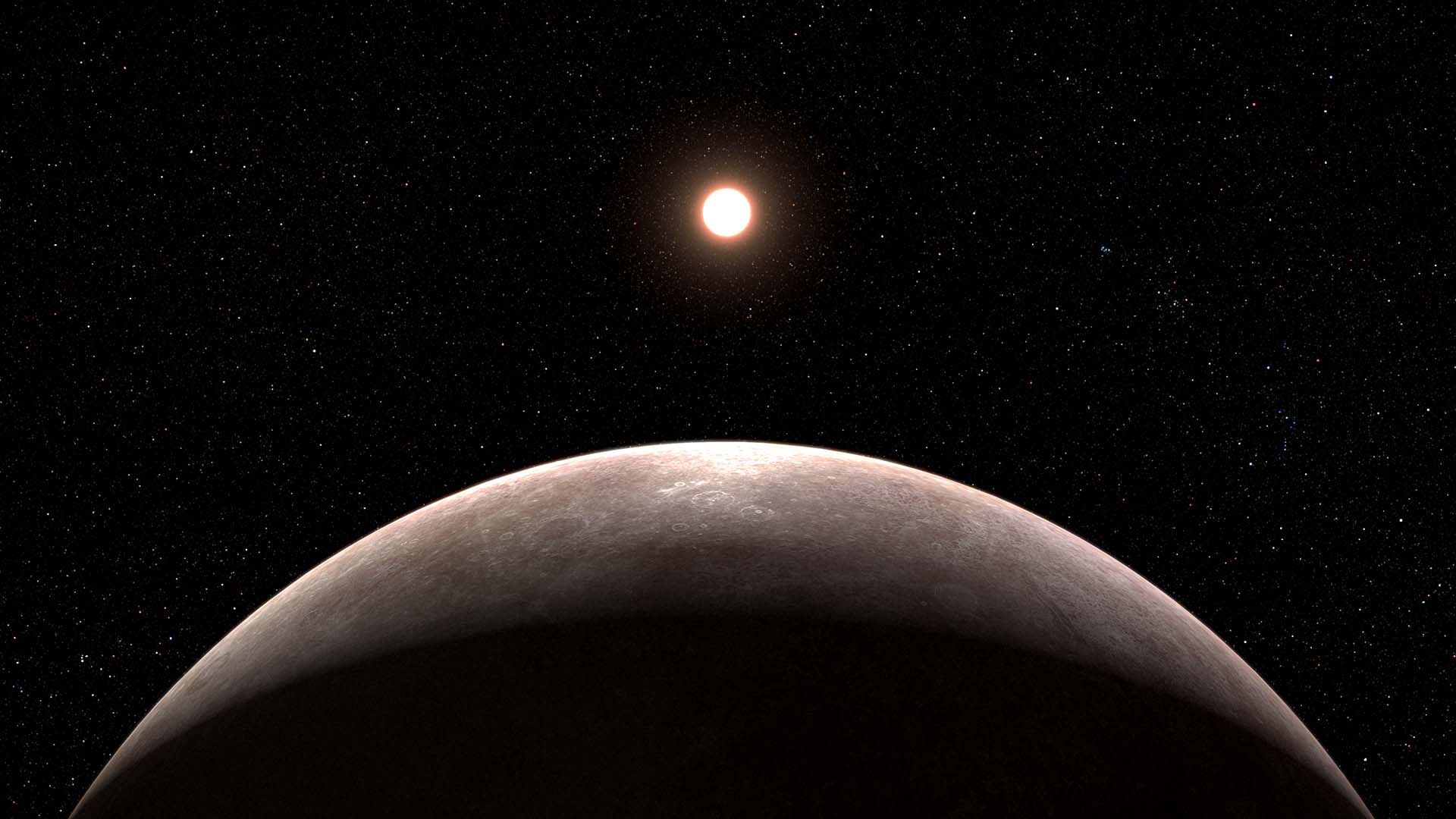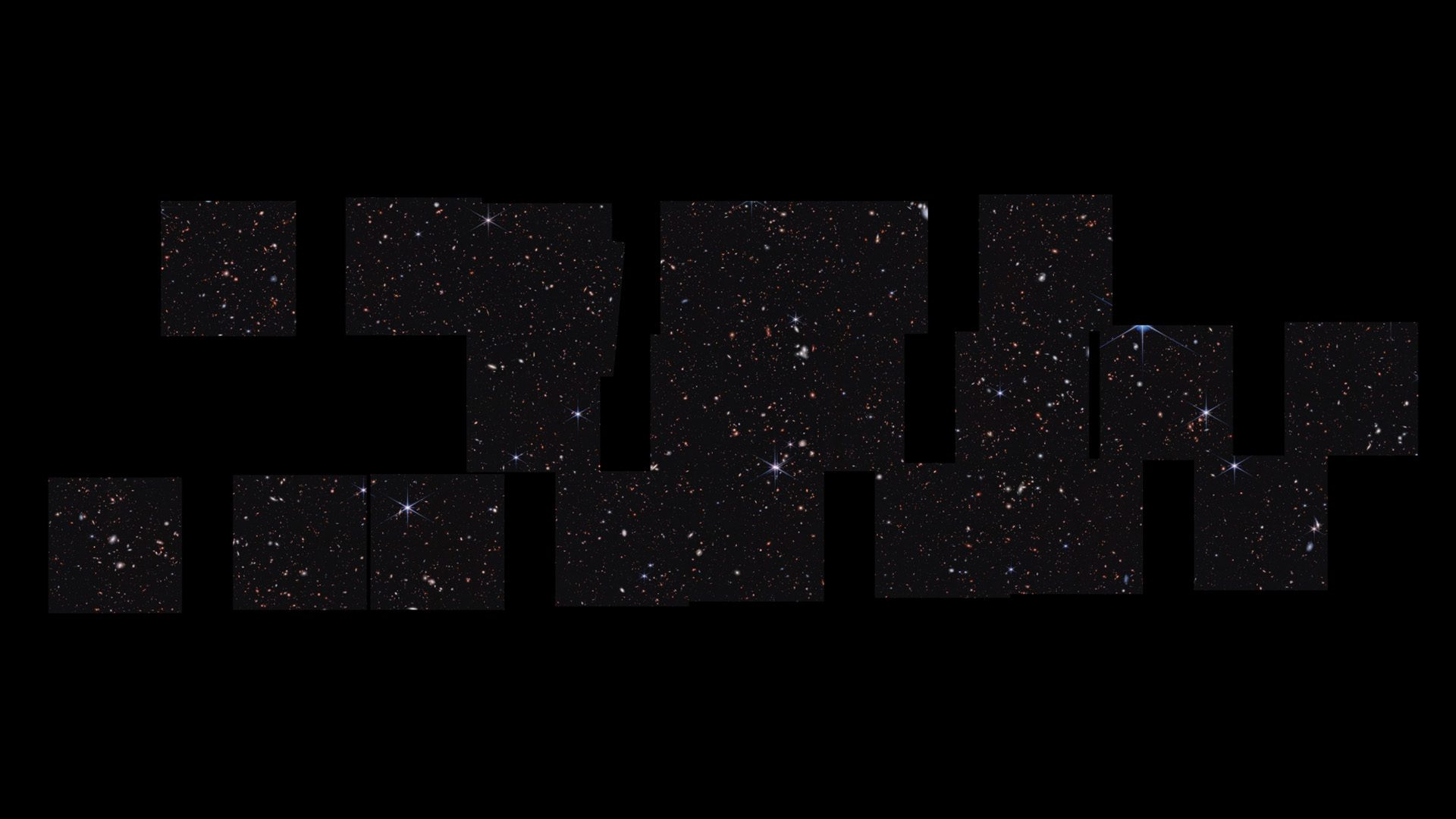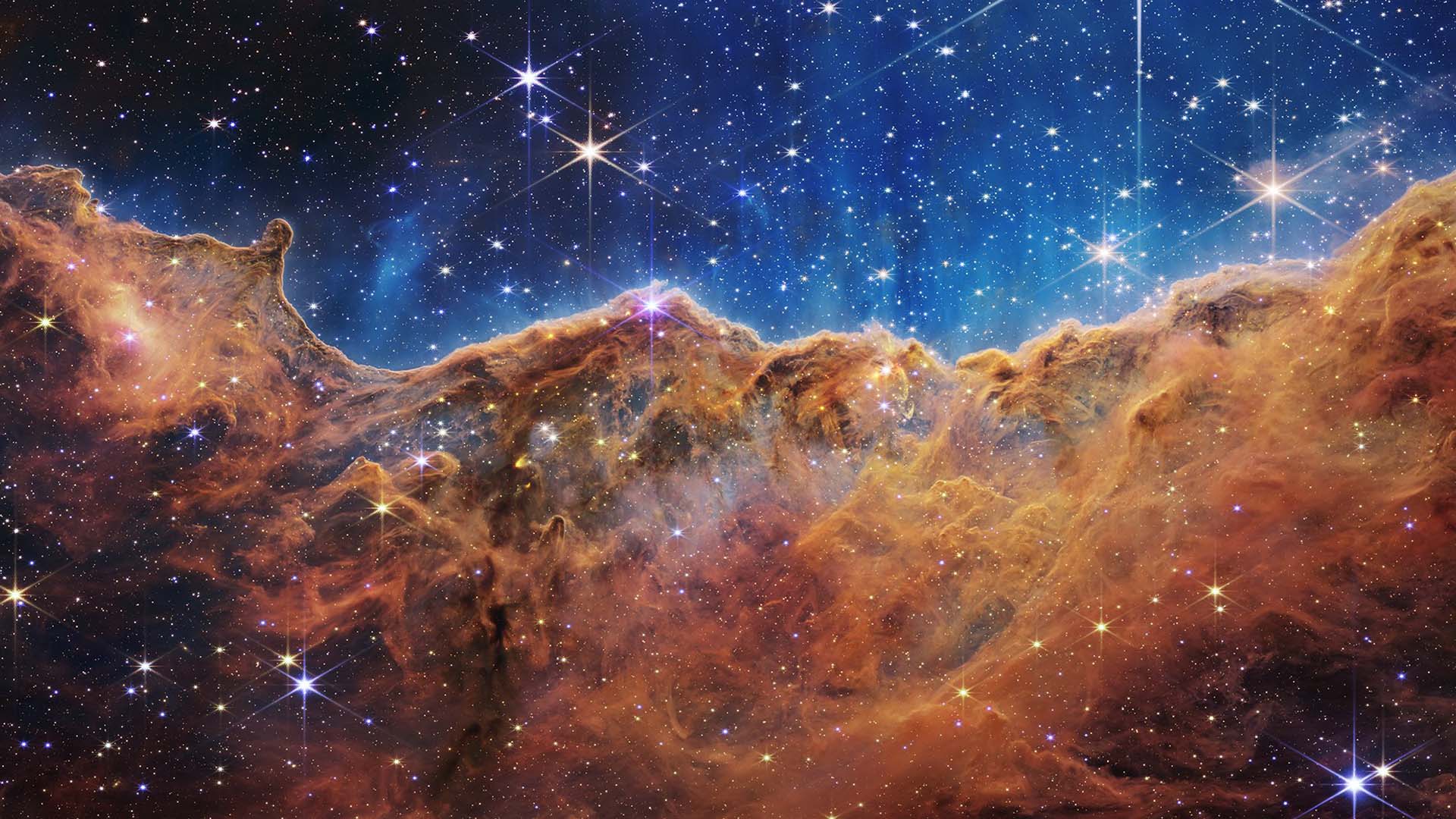The James Webb Space Telescope recently discovered Jupiter-sized masses that are free-floating in space and not connected to any star. The mysterious objects have puzzled astronomers and could herald the existence of a new astronomical category.
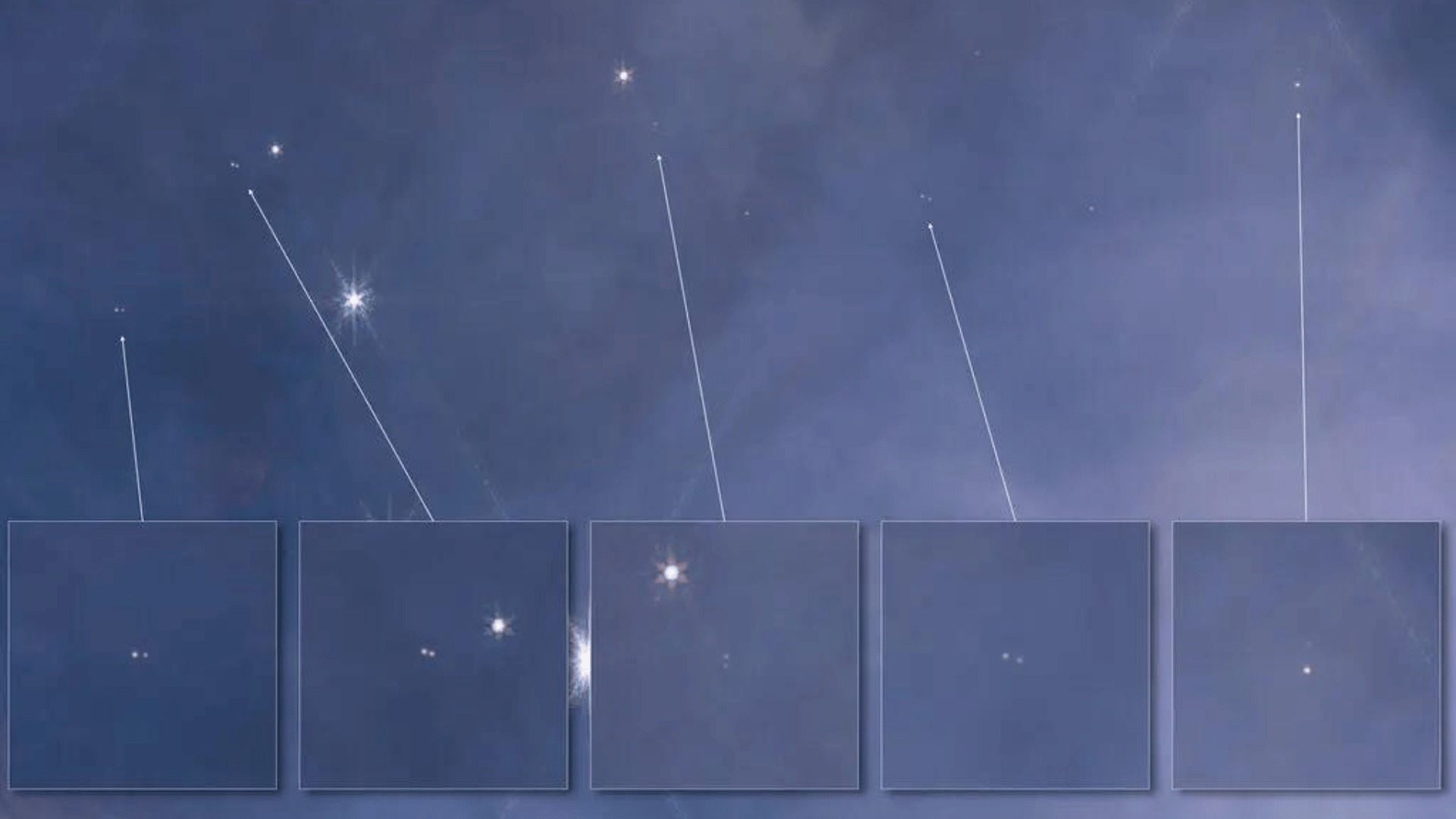
The Mystery of JuMBOs
About 40 pairs of the objects, aptly nicknamed Jupiter Mass Binary Objects (JuMBOs), were identified by Webb. These objects are too small to be stars, but also defy the conventional definition of a planet because they are not in orbit around a parent star. The fact that they come in pairs further complicates the observation. According to existing scientific models, it should not be possible to form single objects so small directly from clouds of dust and gas, let alone in pairs.
One possible explanation is that the objects grew out of regions in the nebula where the density of material was not enough to make fully-fledged stars. Another possibility is that they were originally made around stars, but were then kicked out into interstellar space. However, neither theory can be fully supported by our current knowledge. Astronomers now believe that something is missing from our existing understanding of planet formation, star formation, or both.
As the European Space Agency’s senior science advisor, Professor Mark McCaughrean, explained to BBC, “Gas physics suggests you shouldn’t be able to make objects with the mass of Jupiter on their own, and we know single planets can get kicked out from star systems. But how do you kick out pairs of these things together? Right now, we don’t have an answer. It’s one for the theoreticians.”
Astronomers hope to use the Webb telescope to further pick apart the light from the objects to reveal the makeup of their gaseous atmospheres. Future investigations into other star-forming regions may also find other JuMBOs that could help form an explanation for this mystery.
Looking into the Orion Nebula
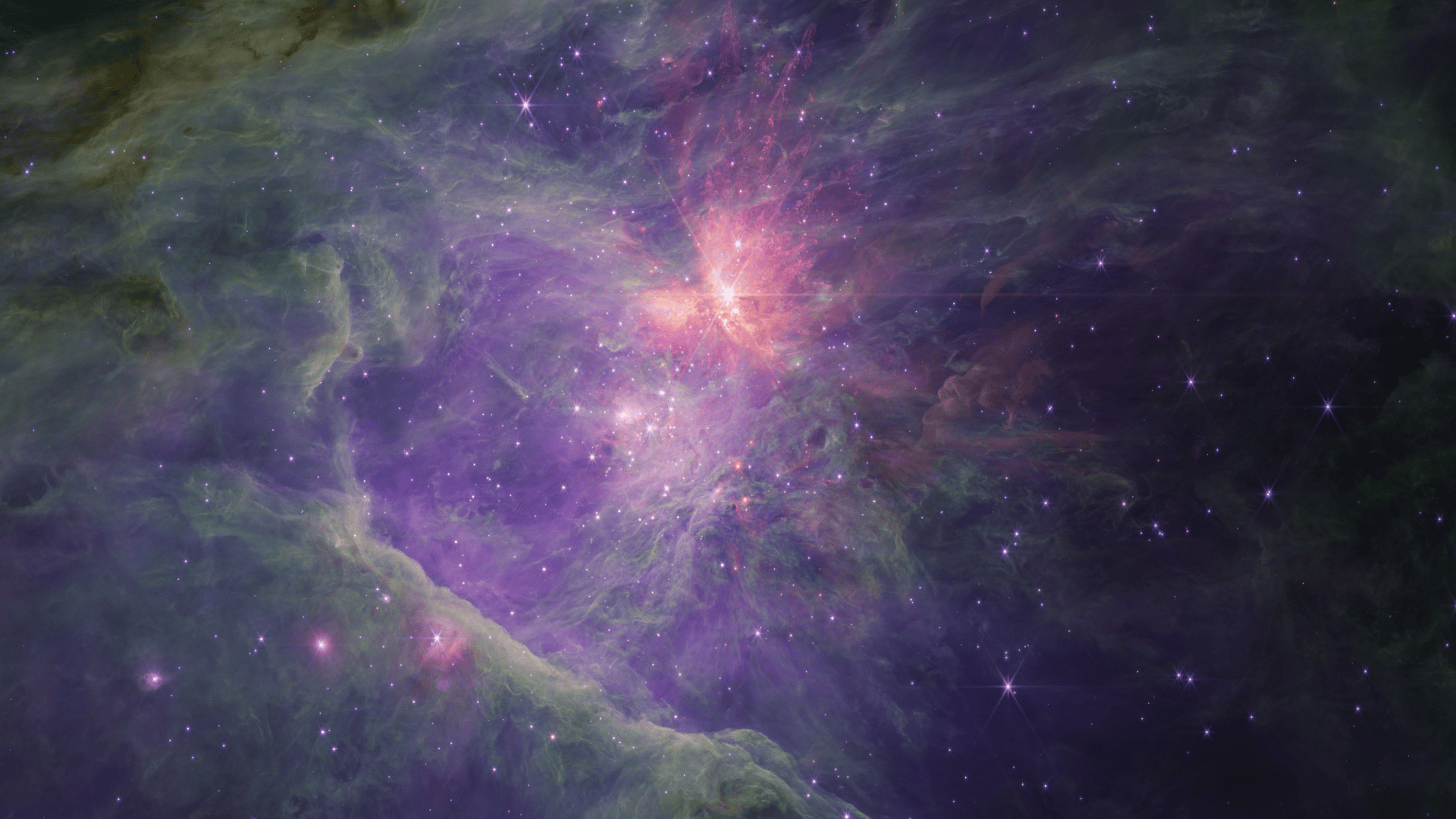
The JuMBOs were discovered during Webb’s survey of the Orion Nebula. The nebula is a region of star formation that is known for its rich diversity of phenomena and objects. In addition to the free-floating planetary mass objects, the region includes outflows and planet-forming disks around young stars, brown dwarfs, and embedded protostars.
The new imaging was obtained with Webb’s infrared camera and has been made into two mosaics, one each from the short and long wavelength channels. The mosaics are among Webb’s largest observed to date. Maps of the region are now fully accessible in ESASky, the European Space Agency’s online astronomical data visualization system, where scientists and space fanatics alike can easily explore the high-definition images of the region’s astronomical sources.



